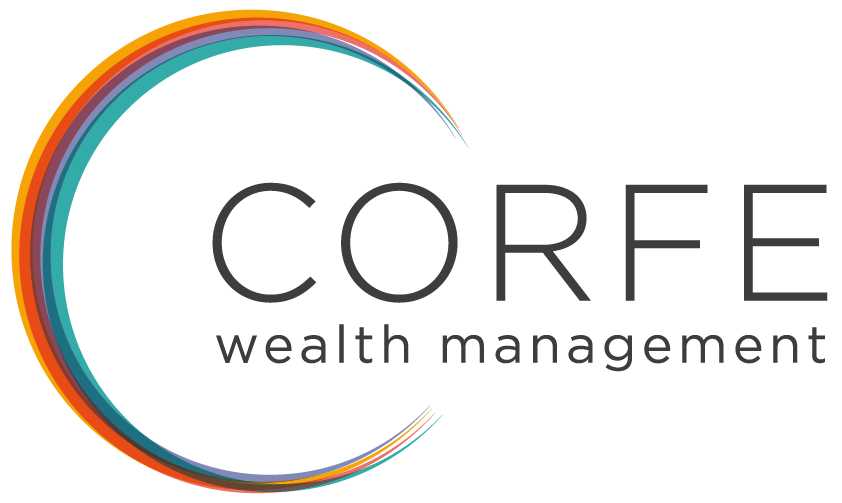One way to grow a business is to look at what the competition is doing and do it better.
Smart businesses, however, look further than their competition. They look at what companies in completely different industries are doing and see how they might emulate and adapt within their own business to gain a competitive advantage.
With this in mind, what can we learn from business that would be a smart move to adopt into our personal lives?
Gaining a return on your Fixed and Intangible Assets
Let’s look at the principle of gaining a return on your assets.
You’d be right to think that this is the principle of investing, but as in business there are two types of assets:
Before coming into Financial Services in 1993, I was a Chartered Accountant for 20 years. This experience within business I now incorporate with the financial advice we provide our clients. Businesses work towards achieving their goals and I encourage our clients to work towards achieving their dreams. This is why you will hear us regularly refer to creating a business plan for life. We are effectively using business accounting techniques to gain a personal advantage.
There are two types of assets:
- Fixed Assets
- Intangible Assets
Examples of Fixed Assets are:
- Your home
- Investment properties
- Cash
- Pensions
- Shares
- Cars
All obvious because you can see and, in some cases, reach out and touch them. You will regularly review your Fixed Assets and be aware of the fluctuation and growth in financial terms.
So, what about Intangible Assets, what are these?
As you might imagine Intangible Assets you cannot see or touch them. You also cannot buy them. They have to be developed and invested in, but not necessarily with money.
Here are some examples of Intangible Assets:
- Health and welfare
- Knowledge
- Friends
- Business contacts
I am sure that you can think of other examples.
These Intangible Assets have a place in your business plan for life. Just as your Fixed Assets need attention to ensure they provide a return, so do the Intangible Assets.
Because finance is involved in Fixed Assets there tends to be a business approach to ensuring they provide a healthy return. However, the Intangible Assets may not gain the same level of thought and attention. I’m not suggesting for one moment that these assets are ignored, but merely the approach to the benefit and return they can bring may not be thought about in the same way and probably not documented.
If you drew up a plan to improve your Intangible Assets assigning objectives, goals and milestones to each, I wonder what you might include?
Thinking about health and welfare, you might say that you want to ensure that when grandchildren come on the scene you are fit and feel young enough to roll around on the floor with them. What actions do you need to take to achieve this?
Considering knowledge, you might have a dream to keep bees (perhaps not conducive to grandchildren playing in the garden!). How and when are you going to acquire the knowledge and equipment to achieve this dream? What is your plan for the upkeep of the hives and production of honey?
You get the idea!
We encourage our clients to dare to dream. This doesn’t come easy to many and a helpful starting point can be to look at what you consider to be your Intangible Assets and how you wish to nurture them to gain a return on your investment.
If this has got you thinking and you’d like to have a no obligation, informal chat, please get in touch.
Investments carry risk. The value of your investment (and any income from them) can go down as well as up and you may not get back the full amount you invested.

